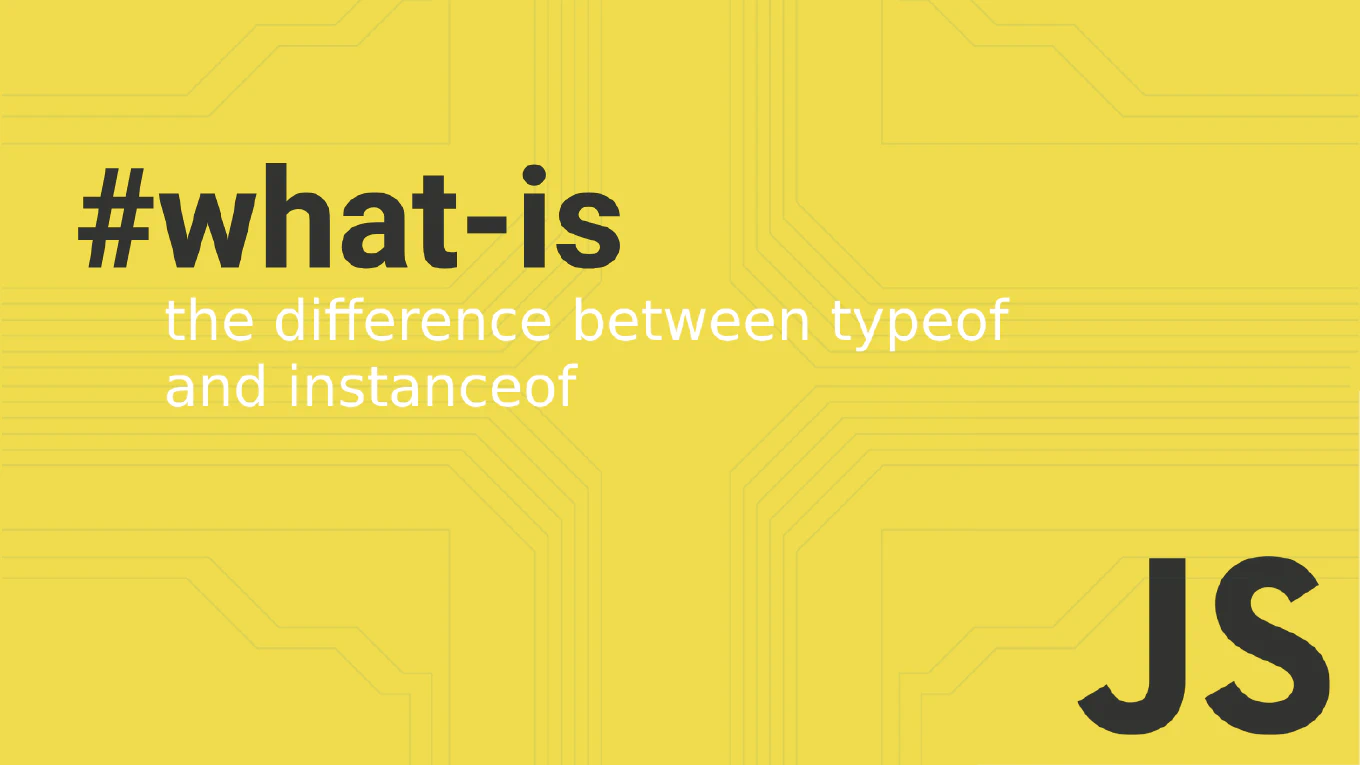How to chain pipes in Angular
Chaining pipes in Angular allows you to apply multiple transformations sequentially to data in templates, creating powerful data processing pipelines with clean, readable syntax. As the creator of CoreUI with extensive Angular experience since 2014, I’ve implemented pipe chaining in numerous enterprise applications for complex data formatting and presentation requirements. The most effective approach involves using multiple pipe operators (|) in sequence to transform data through multiple stages for comprehensive formatting. This method provides flexible data transformation while maintaining template readability and leveraging Angular’s optimized pipe performance.
How to use Angular pipes
Using Angular pipes transforms data in templates without modifying the underlying component data, providing clean separation between data processing and presentation logic. As the creator of CoreUI with extensive Angular experience since 2014, I’ve implemented pipes in numerous enterprise applications for data formatting, localization, and complex data transformations. The most effective approach involves applying pipes directly in template expressions using the pipe operator (|) with optional parameters for customization. This method ensures efficient data transformation with automatic change detection while maintaining readable, declarative template syntax.
How to use scoped slots in Vue
Scoped slots in Vue enable child components to pass data back to parent slot content, creating powerful template patterns where child components provide data for parent-defined rendering logic. As the creator of CoreUI, a widely used open-source UI library, I’ve implemented scoped slots in countless Vue components for data tables, lists, and flexible UI patterns where parent components need access to child data. From my expertise, the most effective approach is using slot props to pass data from child to parent with template v-slot directive for clean consumption. This method provides powerful component composition with data flow from child to parent and highly customizable rendering patterns.
How to use property binding in Angular
Property binding is essential for creating dynamic Angular applications that respond to component state changes and update element properties reactively. As the creator of CoreUI, a widely used open-source UI library, I’ve implemented property binding extensively in Angular components for dynamic styling, conditional attributes, and responsive UI elements in enterprise dashboards. From my expertise, the most effective approach is to use square bracket syntax for one-way data binding from component to template. This method provides clean separation between data and presentation while enabling powerful dynamic behavior based on component state.



